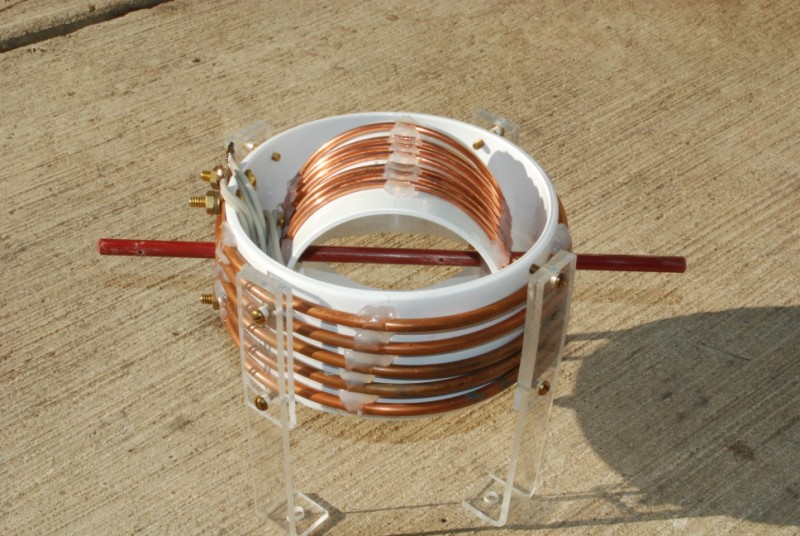neazoi
Advanced Member level 6

Hello I have a series L/C circuit connected to a vfo. I am trying to figure out different ways to tune it. Right now I am thinking the next ones:
1. L stationary, C mechanically tuned (variable capacitor)
2. L mechanically tuned (inserting or removing cores), C stationary
3. L stationary, C varicap
4. L electrically tuned (varying magnetization of the core by a closely placed electromagnet), C stationary
5. Combinations of all the above
Any other methods that you can think of?
1. L stationary, C mechanically tuned (variable capacitor)
2. L mechanically tuned (inserting or removing cores), C stationary
3. L stationary, C varicap
4. L electrically tuned (varying magnetization of the core by a closely placed electromagnet), C stationary
5. Combinations of all the above
Any other methods that you can think of?





